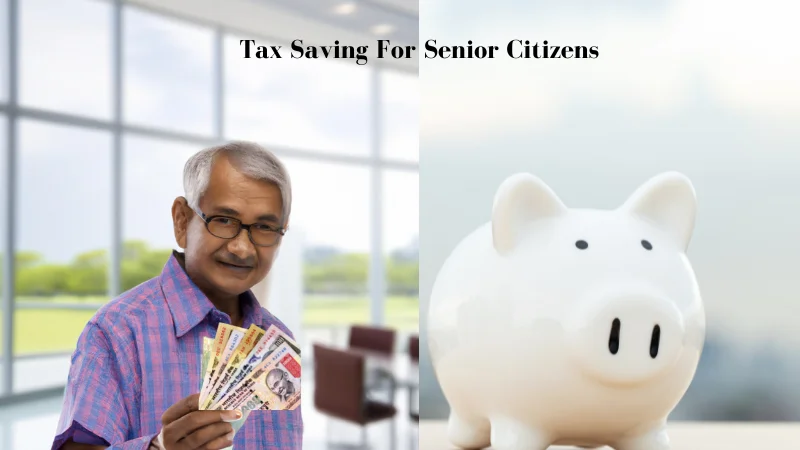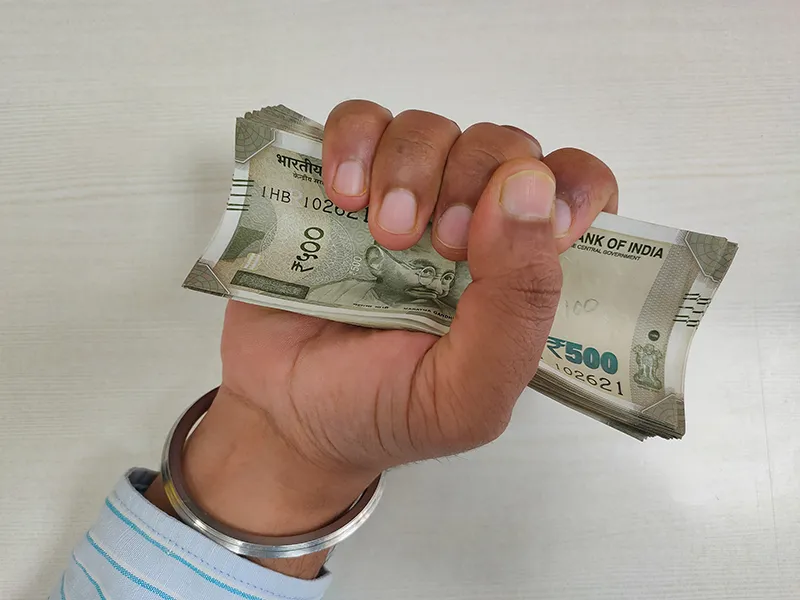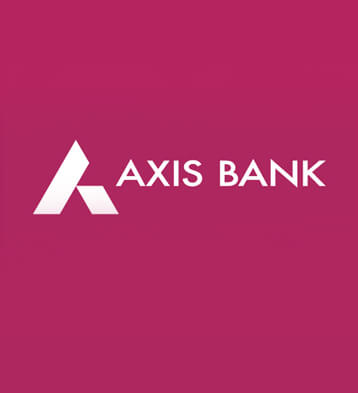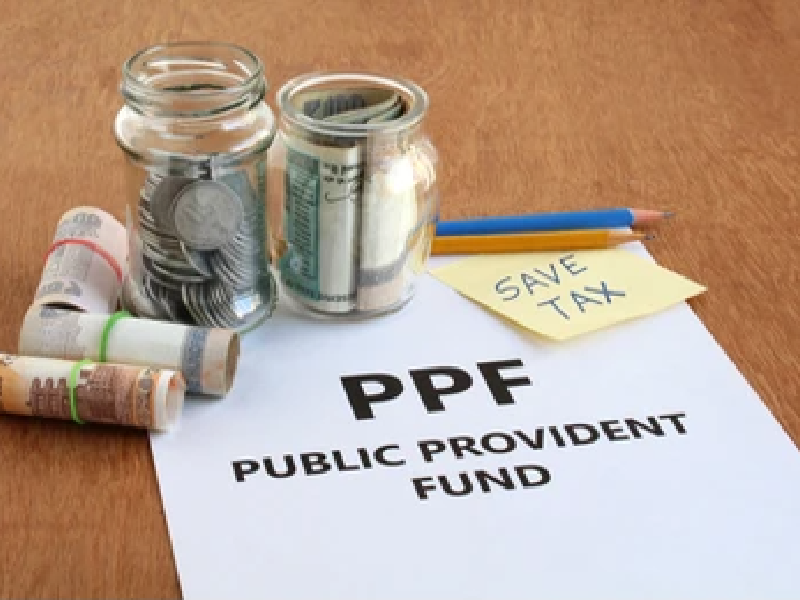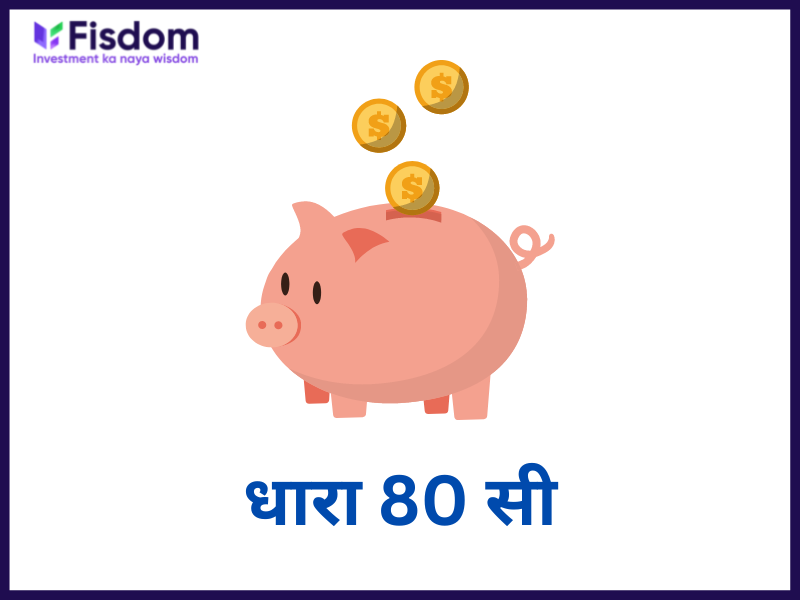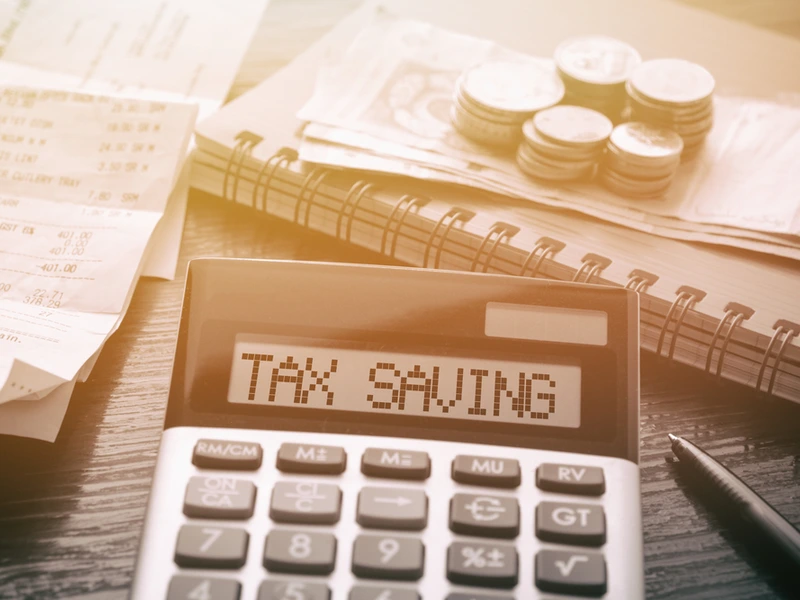
India is hugely dependent on the tax revenues from the direct tax and the corporate tax to meet its long-term and short-term expenditure. Although the individual taxpayers in our country comprise a very small category, it would not be wrong to say that they are a crucial part to form the backbone of the country. The Income Tax Act, understanding the importance of the taxpayers has provided many tax savings measures in the form of exemptions and deductions. These exemptions and deductions are available on specific investments and expenses incurred by them during the financial year.
The old tax regime has many such tax savings options that can be used to reduce the ultimate tax burden of the taxpayers. Let’s find out how to save tax in old regime.
What is the old and the new tax regime?
The government of India in the Budget of 2020 had introduced a new tax regime which is aimed to provide a simplified measure of tax computation and tax filing. Under this new tax regime, the taxpayers have reduced tax saving options unlike the old regime however, the applicable tax rates are lower than that of the old tax regime. Under the new tax regime, some of the key deductions and exemptions that will not be available include the following.
- LTA (Leave Travel Allowance)
- HRA (House Rent Allowance)
- Standard Deduction of Rs, 50,000 on the salary
- Childre’s education allowance
- Interest on housing loan
- Deduction regarding the professional tax payment
- Deduction under section 80C
- Deduction for payment of medical insurance premium
- Deduction for investment in NPS, ELSS, PPF, etc.
How to save tax under the Old Tax regime
But, how to save tax in old regime? The taxpayers have the option of choosing to pay tax based on the old tax regime or the new tax regime. The catch in the new tax regime, as mentioned above, is the non-applicability of the majority of the usual deductions and exemptions. Therefore, most taxpayers especially those belonging to the high tax bracket or those having many tax saving investments would prefer to pay tax using the old tax regime.
Some of the exemptions and deductions in old tax regime are:
Deduction under section 80C
Section 80C is one of the most popular sections of the Income Tax Act. This is a section that provides a blanket deduction for various eligible expenses and investments made by the taxpayer during a financial year. The maximum deduction under the section is Rs. 1,50,000. The eligible investment under the section includes investment in ELSS funds, tax-saving Bank FDs, PPF, NSC, Senior Citizen Savings Scheme, Sukanya Samridhi Yojana, etc. The eligible expenses for deduction under this section include payment for children’s education, home loan principal payment, life insurance premium payment. etc.
Deduction under section 80D (medical insurance premium)
This section provides deductions for the premium paid towards the health insurance of self, spouse children, and dependent parents as well. The eligible deduction under the section depends upon the age of the applicant and their dependent parents. The details of the eligible deduction allowed under this section are tabled below.
| Category of eligible persons for tax deduction under section 80D | Premium paid for self, family, and children | Premium paid for parents | Eligible deduction under section 80D |
| Taxpayer and parents below the age of 60 years | Rs. 25,000 | Rs.25,000 | Rs 50,000 |
| Taxpayer and family below the age of 60 years but parents above 60 years | Rs.25,000 | Rs 50,000 | Rs.75,000 |
| Taxpayer, family, and parents above the age of 60 years | Rs 50,000 | Rs. 50,000 | Rs.1,00,000 |
| Members of HUF and Non-resident individuals | Rs.25,000 | Rs.25,000 | Rs.25,000 |
Deduction under section 80CCD (investment in NPS)
NPS stands for Nation Pension Scheme and is a government-backed scheme that aims to provide easy retirement solutions to its citizens. Taxpayers can save tax under section 80C as well as 80CCD by investment in NPS. Under section 80C, maximum investment in NPS up to Rs. 1,50000 is eligible for a deduction in any financial year. Section 80CCD provides for an additional deduction of up to Rs. 50,000 provided the taxpayer meets all the eligibility criteria set in this regard.
Deduction under section 80E (interest on education loan)
Interest paid on the education loan taken for the higher education of self, spouse, or children is eligible for deduction under section 80E. This section does not provide any cap for the maximum deductible amount of interest paid during the financial year towards the education loan. Therefore, this section proves to be an excellent tax savings tool, especially for taxpayers belonging to the higher tax bracket.
Deduction under section EE, Section 80EEA (interest on home loan)
This section was introduced by the government to provide relief to first-time homeowners. The taxpayers have to meet all the eligibility criteria as per the provisions of section 80EE and its extension section 80EEA to qualify for a deduction of a maximum amount of Rs. 50,000 and Rs. 1,50,000 respectively.
Deduction for interest paid on home loan under section 24
Section 24 provides for deduction on the interest paid towards the home loan in any financial year. The maximum allowable deduction under the section is restricted up to Rs. 2,00,000. This deduction is in addition to the deduction under section 80C which is for the payment of the principal amount of the home loan during any financial year.
Deduction for a contribution towards any charities under section 80G
Section 80G provides for a deduction with respect to any contribution or donation made by the taxpayer during any financial year to a charitable institution or trust or any relief fund. The deduction under this section is between 30% to 100% of the contribution made depending on the nature of the trust or institution or the fund. It is to be noted that not all kinds of contributions are eligible for deduction under this section. Hence, the taxpayers have to verify the availability or applicability of a deduction before making their contribution if they wish to claim a deduction under this section.
Deduction for contribution to any political party
Not many taxpayers are aware that contribution made towards any political party is also eligible for deduction under section 80GGB (for companies) and 80GGC(for individual taxpayers). Under these sections, the entire amount (100% of the donation) contributed is eligible for a deduction, provided, they are made in a form other than cash (for example, through a demand draft, cheque, online payment through debit, or credit card or internet banking).
Conclusion
Apart from the above provisions there are many other tax-saving tools that can be used to reduce tax under the old tax regime. Taxpayers can reduce their overall tax liability by taking maximum advantage of such provisions at the same time making some efficient long-term investments as well that can help in wealth creation.
FAQs
Some other tax-saving measures under the old scheme include the following,
-Deduction for medical treatment, rehabilitation, etc. of self or dependent family members with a disability under section 80DD. The maximum deduction under this section is Rs. 75,000 for disability between 40% to 80% and Rs. 1,25,000 for more than 80% disability.
-Deduction for medical treatment of self or dependent family members for specified medical conditions under section 80DDB up to Rs. 40,000 or Rs. 1,00,000 depending on the age of the person.
-Deduction under section 10(13A) for HRA
-Deduction under section 80EEB for interest on electric vehicle loan
There is no definite or standard answer to this question. Taxpayers have to evaluate the minimum tax liability under each tax regime to determine the beneficial one. Usually, it is believed by experts that if a taxpayer has maximum qualifying deductions that can help in reducing the tax liability they can opt got the old tax regime and vice versa.
The applicable tax slab rates under the new and the old tax regimes for individuals are tabled below.
Income level Tax rate under old tax regime Tax rate under new tax regime
Up to Rs. 2,50,000 NIL NIL
Rs. 2,50,000 – Rs. 5,00,000 5% 5%
Rs. 5,00,000 – Rs. 7,50,000 20% 10%
Rs. 7,50,000 – Rs. 10,00,000 20% 15%
Rs. 10,00,000 – Rs. 12,50,000 30% 20%
Rs. 12,50,000 – Rs. 15,00,000 30% 25%
Rs. 15,00,000 and above 30% 30%
The maximum lock-in period for investment in ELSS funds and tax-saving Bank FDs is 3 years and 5 years respectively.














